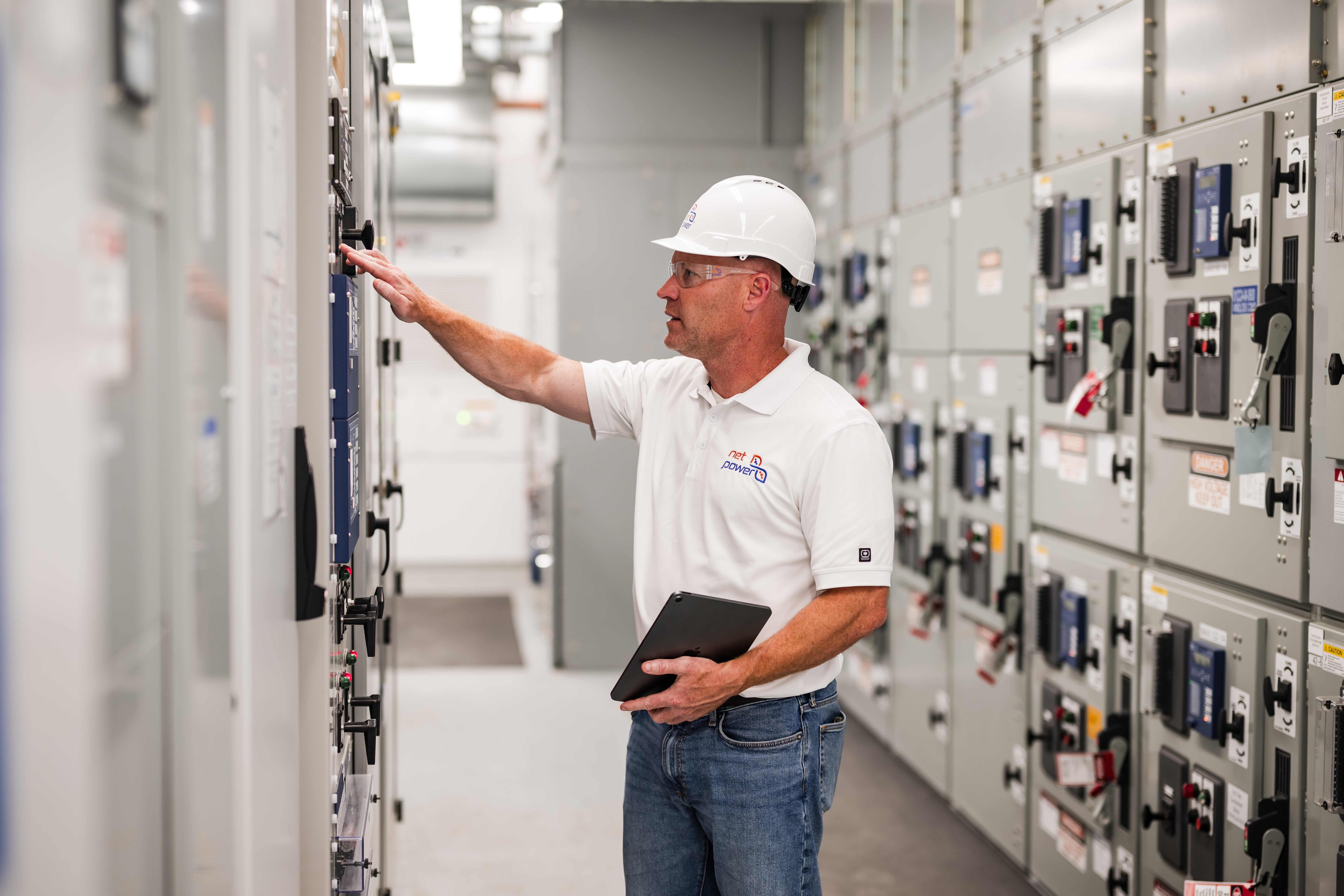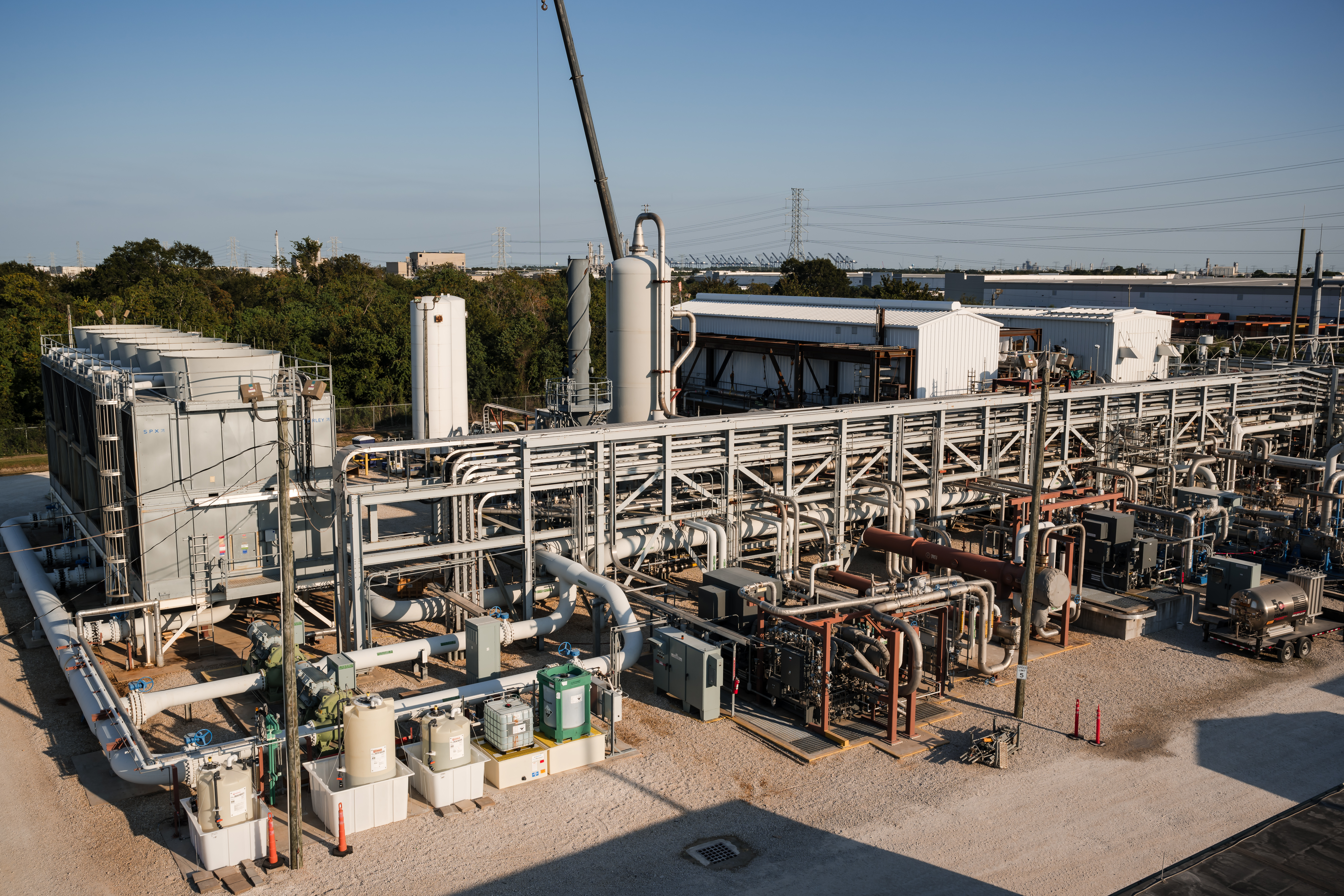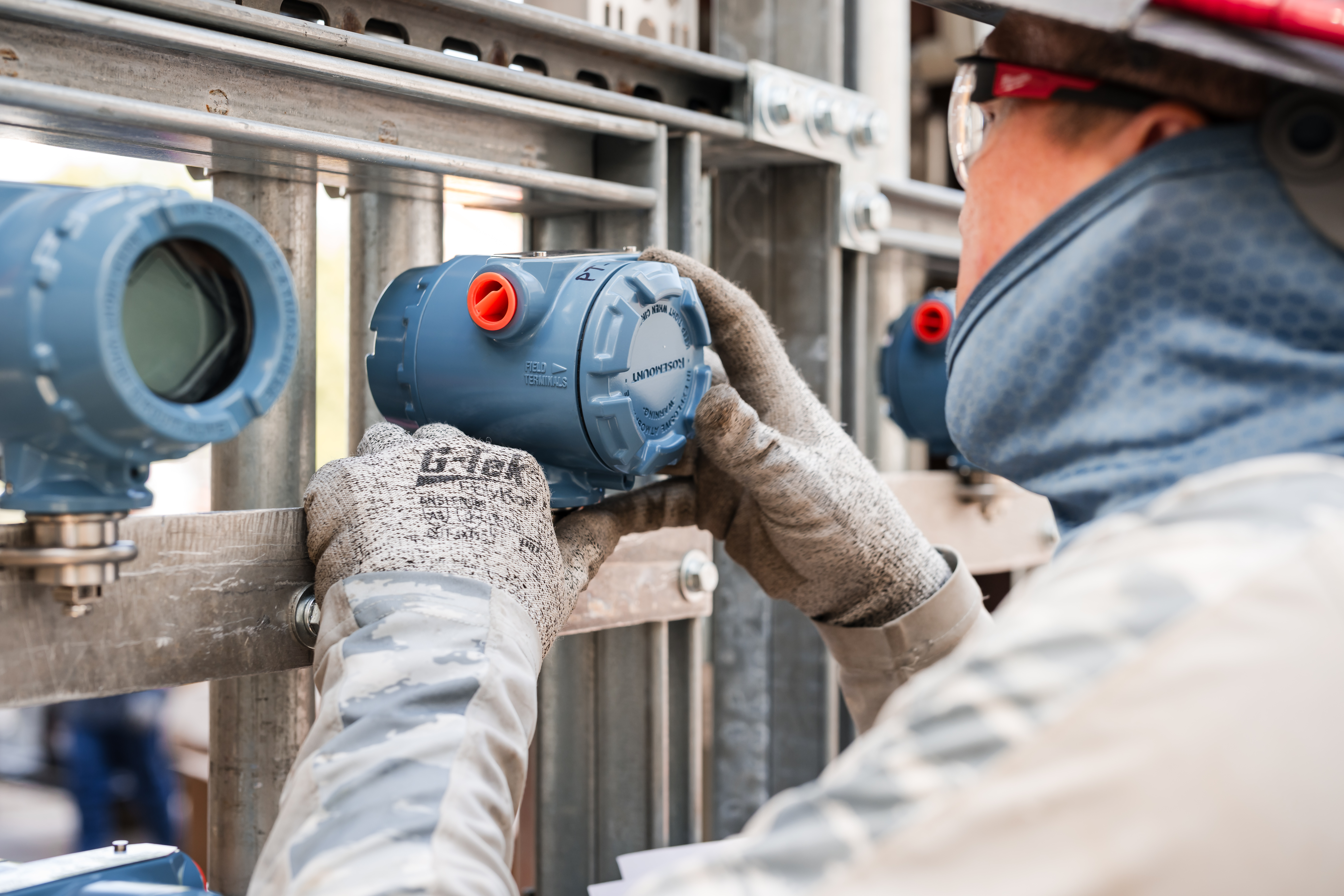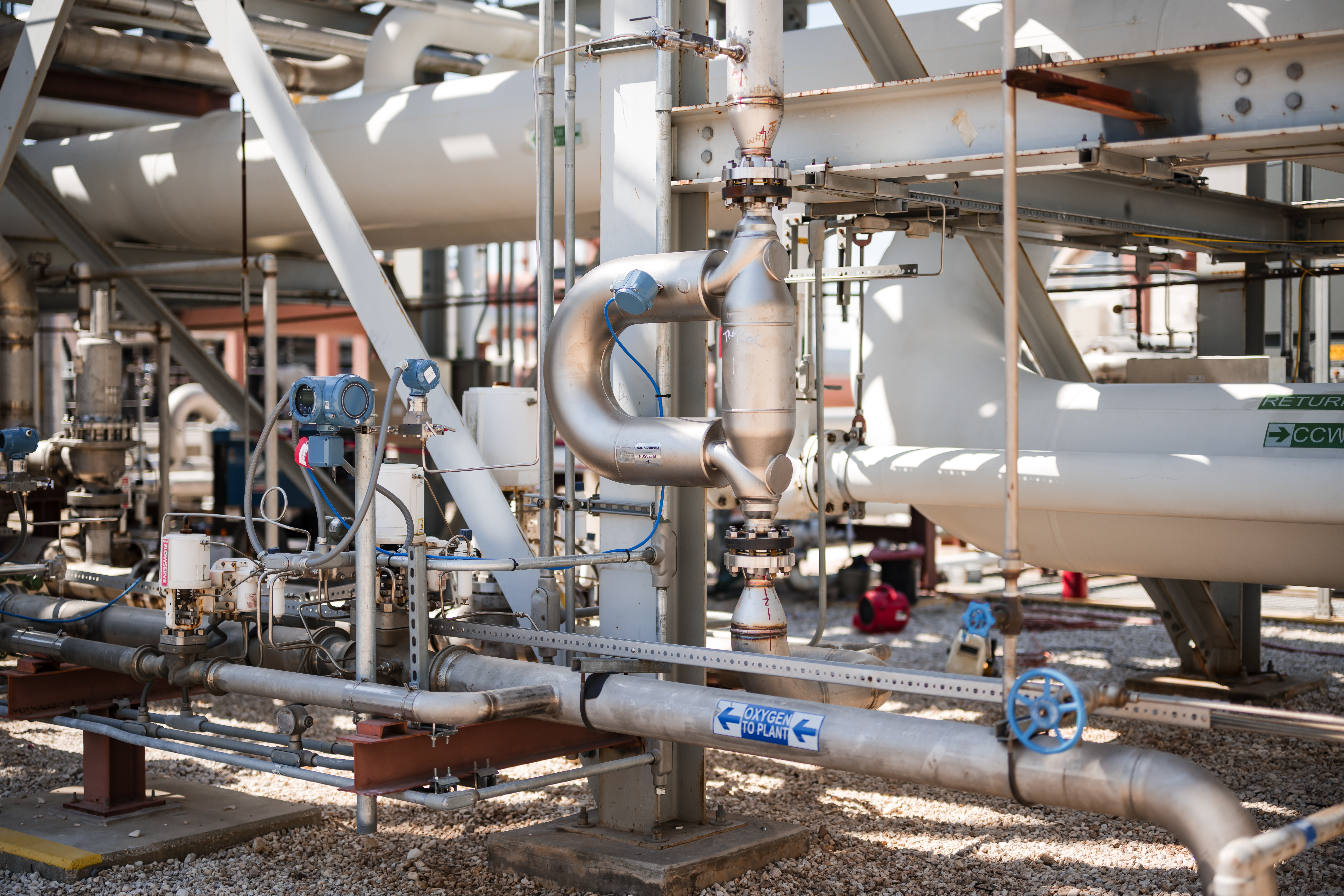The Net Power Cycle

Overview
1
2
3
4
5
6
7
Net Power’s revolutionary technology combines oxy-combustion and a supercritical CO2 (sCO2) power cycle to deliver on-demand natural gas power while capturing nearly all carbon emissions and effectively eliminating traditional pollutants.
La Porte Demonstration Facility
To demonstrate the Net Power Cycle, the company designed and built a test facility in La Porte, Texas.
Built in 2018, our 50MWth test facility has performed over 1,600 operational hours and successfully synchronized with the ERCOT grid in 2021.
The La Porte Demonstration Facility ensures our technology is safe and ready for utility-scale deployment.




Project Permian
“Project Permian” is Net Power’s intended first-of-a-kind commerical-scale facility with expected deployment outside of Midland, Texas.
Potential Development Projects
Net Power is exploring sites in Alberta (Canada), California, Wyoming, Midcontinent (MISO), Midatlantic (PJM), and Texas (ERCOT).
